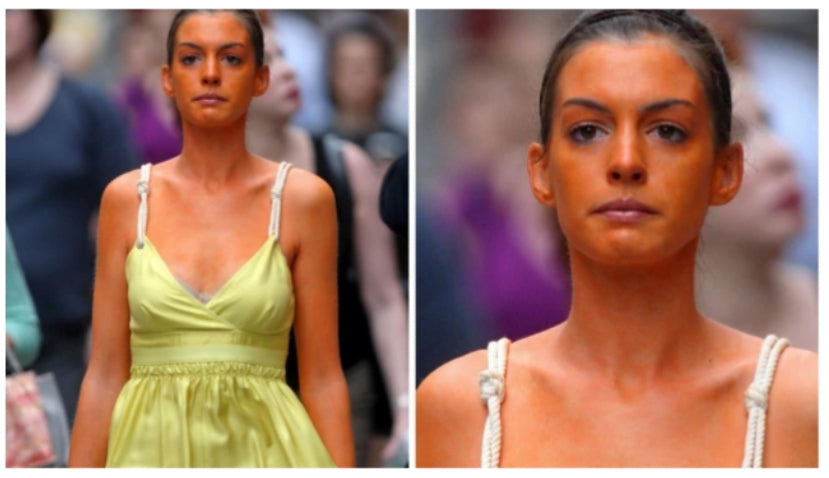As a professional in the spray tanning industry, it is not only your responsibility to provide clients with a gorgeous glow but also to address their concerns about turning orange. By educating them on the reasons behind potential orange tones, you can alleviate their worries and ensure a positive experience. Let's delve into the factors that can contribute to an undesirable orange hue in spray tans and how to prevent them.
Reasons for Orange Spray Tans: Spray tans may result in an orange appearance due to a few common factors. It's crucial to understand these reasons to effectively address client concerns and ensure satisfactory outcomes.
-
Over Saturation of Product: When applying a spray tan, your goal is to create light, even coats of solution across the entire body. Over-saturating the skin with excessive product can lead to an orange tint. This may occur if you perform too many heavy passes or if your spray gun is set to dispense too much solution at once. To prevent this issue, ensure that your spray gun is adjusted properly, allowing for a moderate and consistent application. Additionally, maintain a distance of about 6 inches from the body while spraying.
-
Spraying Too Dark: One of the benefits of providing a luxury spray tan service is the ability to customize the tan for each client. However, if a solution is selected that is too dark for a client's skin tone, it can result in an unnatural and orange appearance. During the pre-consultation, take the time to understand the client's tan goals and match them with an appropriate solution that will yield a natural-looking result. For fair-skinned clients, choosing a solution that creates a high contrast may lead to an orange outcome. Educate clients about the potential consequences of choosing a shade that doesn't suit their skin tone and recommend a more suitable option.
-
Dry Skin: Dry skin can also contribute to an orange spray tan, especially in certain areas prone to dryness, such as the elbows, knees, hands, and feet. Dry patches can absorb more tanning solution, leading to an uneven and orange appearance. Emphasize the importance of moisturizing and hydration to your clients before their spray tan session. Encourage them to apply barrier cream on dry areas and provide prep spray for clients with overall dry skin. These measures can help prevent over-saturation and maintain a natural-looking tan.
Conclusion: While orange spray tans can be a concern for clients, understanding the reasons behind this occurrence and taking preventive measures can greatly enhance their experience. By educating clients about factors like selecting inappropriate shades, and dry skin, you can ensure their spray tans result in a beautiful and natural glow.
As a professional, your expertise and guidance play a vital role in helping clients achieve their desired tanning outcomes while avoiding any unwanted orange tones.











